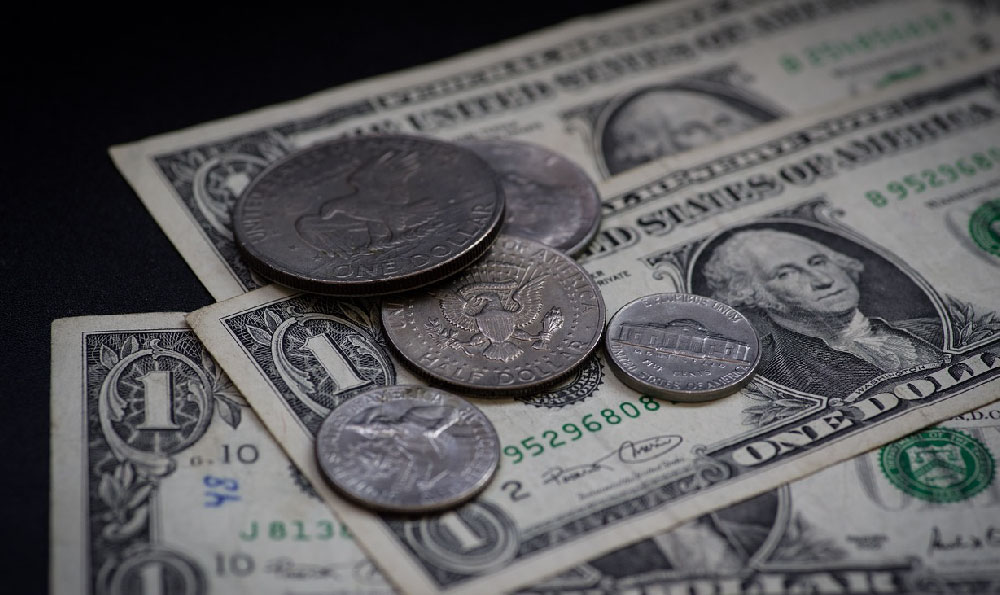The allure of quick cash in the cryptocurrency market is undeniably strong. The stories of overnight millionaires, fueled by volatile price swings and meme coins, are widely circulated. However, approaching crypto with the sole intention of "quick cash" is a recipe for disaster, a path littered with financial pitfalls and emotional distress. While rapid gains are possible, they are far from probable and come with significant risk. Instead of chasing fleeting opportunities, a more rational and sustainable approach is to understand the underlying mechanisms of the market and build a long-term investment strategy.
The primary misconception driving the "quick cash" mentality is the belief that crypto markets are inherently predictable. They are not. They are influenced by a complex interplay of factors, including regulatory news, technological advancements, social sentiment, and macroeconomic conditions. Trying to time the market with precision, predicting short-term price movements, is a game even experienced traders struggle to consistently win. Instead of focusing on fleeting opportunities, build a foundational knowledge of the market. Understand the different types of cryptocurrencies, their use cases, and the technologies that underpin them. Research projects thoroughly, examining their whitepapers, team members, and community support.
Before you even consider investing a single dollar, define your risk tolerance. Are you comfortable with high levels of volatility, potentially losing a significant portion of your investment in a short period? Or are you more risk-averse, preferring a more conservative approach? Your risk tolerance should dictate the types of cryptocurrencies you invest in and the amount of capital you allocate. High-risk, high-reward assets like newly launched altcoins might offer the potential for rapid gains, but they also carry a much higher risk of losing your entire investment. More established cryptocurrencies like Bitcoin and Ethereum, while still volatile, generally exhibit greater stability and are considered less risky.

Diversification is another essential principle for mitigating risk. Don't put all your eggs in one basket. Spread your investments across a range of cryptocurrencies with different market caps, use cases, and risk profiles. This way, if one cryptocurrency underperforms, the impact on your overall portfolio will be minimized. Consider also diversifying beyond cryptocurrency. Allocating a portion of your portfolio to more traditional assets like stocks, bonds, or real estate can provide a hedge against the volatility of the crypto market.
Employ fundamental analysis. This involves evaluating the intrinsic value of a cryptocurrency project by examining factors such as its technology, team, market potential, and tokenomics. Is the project solving a real-world problem? Does it have a strong and experienced team? Is the market for its product or service growing? Understanding these fundamentals can help you identify projects with long-term potential and avoid those that are based on hype or speculation.
Technical analysis involves using charts and indicators to identify patterns and trends in price movements. While technical analysis can be useful for identifying potential entry and exit points, it should not be relied upon as the sole basis for investment decisions. The crypto market is highly volatile and can be influenced by unexpected events, making technical analysis less reliable than in more traditional markets.
Be wary of pump-and-dump schemes. These schemes involve artificially inflating the price of a cryptocurrency through coordinated buying activity, followed by a rapid sell-off that leaves unsuspecting investors holding worthless tokens. Be especially cautious of cryptocurrencies that are heavily promoted on social media or through paid advertisements. Do your own research and avoid following the crowd blindly.
Use stop-loss orders. A stop-loss order is an instruction to automatically sell a cryptocurrency if its price falls below a certain level. This can help limit your losses in the event of a sudden price decline. Set your stop-loss orders at levels that are consistent with your risk tolerance.
Never invest more than you can afford to lose. Cryptocurrency investments should only be made with discretionary income, money that you don't need for essential expenses like rent, food, or healthcare. The crypto market is inherently volatile, and there is always a risk of losing your entire investment.
Don't let emotions drive your investment decisions. Fear and greed can lead to impulsive buying and selling, which can be detrimental to your portfolio. Stick to your investment strategy and avoid making decisions based on short-term price movements or social media hype.
The pursuit of "quick cash" often leads to rash decisions, chasing trends, and neglecting proper research. Instead, focus on building a well-informed and diversified portfolio, based on sound investment principles and a long-term perspective. Think of crypto investment not as a get-rich-quick scheme, but as an opportunity to participate in the growth of innovative technologies over the long term. While the potential for rapid gains exists, it's crucial to approach the market with a level head, realistic expectations, and a commitment to responsible risk management. Remember, sustainable financial growth is a marathon, not a sprint. Embrace the learning process, adapt to market changes, and prioritize long-term value creation over short-term speculation.












